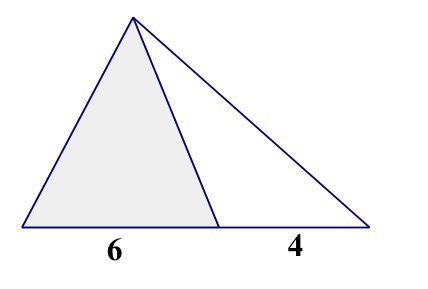One of my big “beefs” at my school is the fact that we have three levels of tracking – count ’em, three. There’s the honors track, that of course at a college prep school, most kids think they belong in. There’s the regular track, that which is still pretty quick and difficult, and there’s the track that the kids who are sometimes, I would say, just not very motivated to learn math, or have less interest in math, or maybe come from a school with a less rigorous math program, are placed in. These are the kids who probably all their lives have been told they are not “math people” and have been pigeon-holed as an “artist” or “writer” so they won’t actually need math when they get older. This really, really irks me. But I do it – I go along with a system that has been in place way before I got here. I’m only one person – even though I cite Jo Boaler’s list of research showing why “tracking” in general is just a bad idea and hurtful – I know I can’t win.
Anyway, I really shouldn’t complain because the department has let me do my thing with the geometry curriculum and I have written a PBL curriculum for the three levels. In my 201 book, I have created scaffolded problems that I think work really well with these “low-abiity” kids and often challenge them enough to make them realize how much ability they actually have. We just started talking about dimension and we watch these clips from Flatland: The Movie, where Arthur T. Square meets the King of Pointland and then meets the King of Lineland.
We had a great conversation about why the King of Pointland keeps saying “Hello Me, Hello Me” and can’t really understand why there’s anyone else there. We talked about why the King of Lineland doesn’t understand where the Square is because he only understands the directions of left and right. One of the kids goes, “Is this kind of like what happened in the movie Interstellar? I think he went through a black hole and just appeared in the future or something.” Now, I hadn’t seen that movie but then another kid said, “Well, I’m not sure it was like that.” But then one of the other students says, “No, the King of Pointland is kind of like the kid in the movie Room. Did you see that movie?” I nodded in understanding and so did many of the others in class. The student went on, “In Room, the little boy grew up thinking that “Room” was his whole universe so that was all he understood, and that’s why the King of Pointland seems so nuts. That point with no dimensions is all he can understand – there’s no one else in the world.” I was so blown away by that analogy. She really had an understanding of the idea of the limitations of being alone in the universe of a point. I had never had a kid in a “regular” or “honors” class make a connection like that – but then again, Room just came out!






